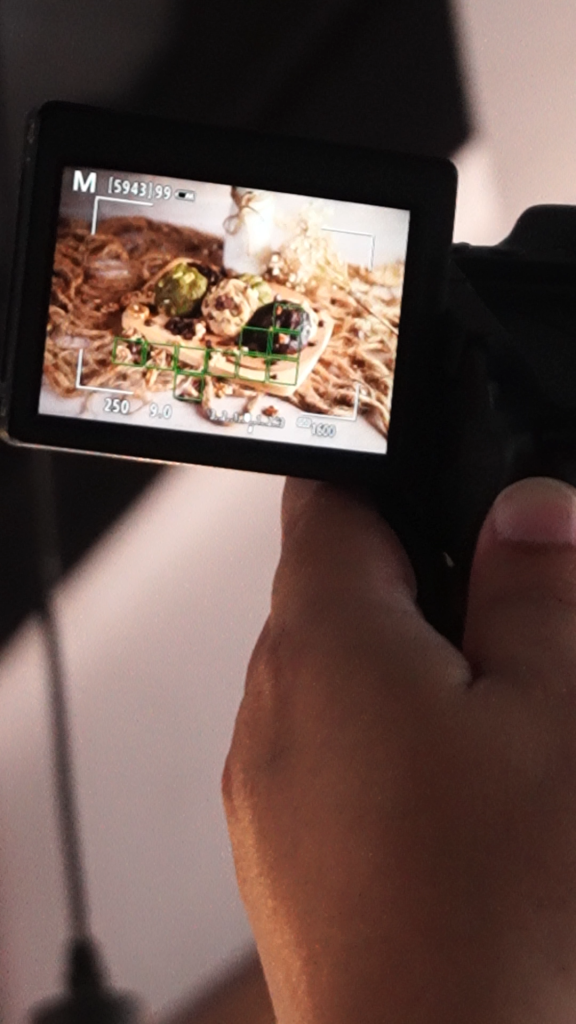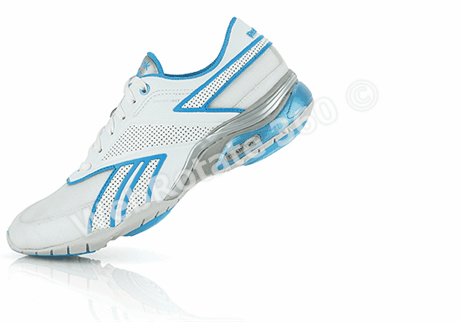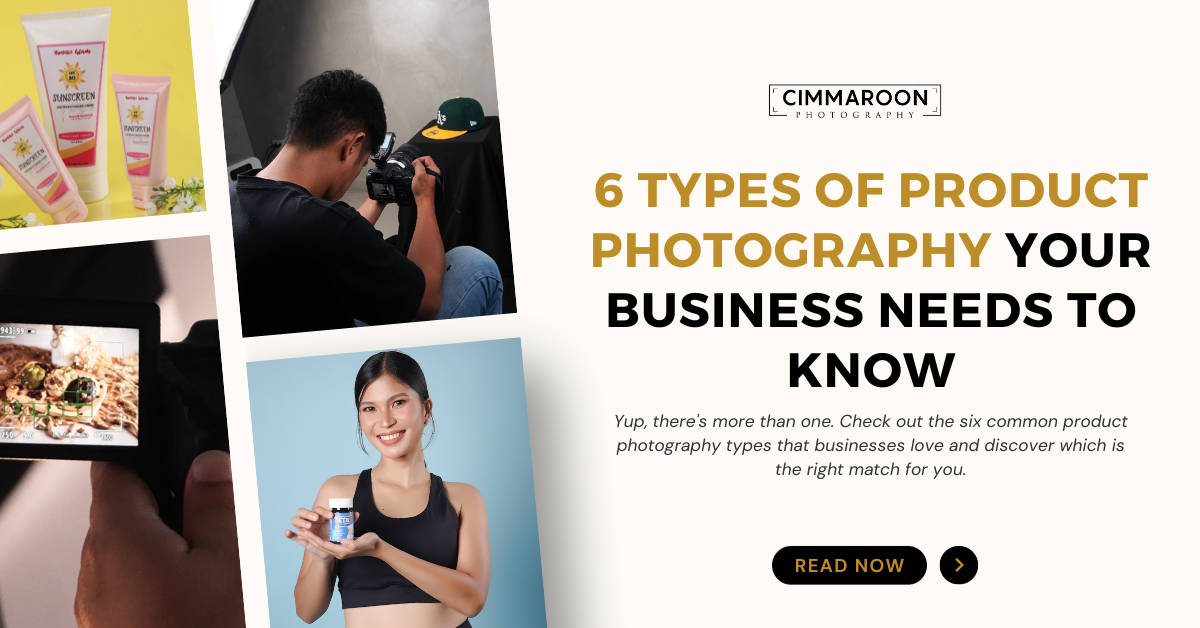Product photography is the secret sauce that can make your merchandise shine online. It’s about giving your products a red carpet-moment in the spotlight, allowing customers to see them at their best.
But did you know there isn’t just one way to do it?
In this guide, we’re unraveling the different types of product photography, sharing tips, and helping you choose the best style for your brand.
The Power of Product Photography
In today’s digital age of shopping, your potential customers can’t touch, feel, or try out your products before buying. Businesses like yours rely heavily on high-quality product photos that can showcase your products in the best light possible.

Why does product photography matter?
- Conversion booster – Studies show that high-quality product images can increase conversion rates significantly. Customers trust what they see.
- Brand representation – It’s not just about the product; it’s about your brand’s image. Professional product photography elevates your brand’s perception.
- Information delivery – Good product images provide vital information, reducing customer inquiries and returns.
- Competitive edge – Outstanding photos set you apart from competitors in a crowded online market.
Now that you understand why professional product photos are essential, let’s explore their different styles and when to use them.
How many types of product photography are there?
There is yet to be an official catalog of product photography categories. Still, we can guarantee that there’s a variety to choose from. Today, we’re unveiling the six popular types of product photography commonly used by businesses from different industries:
1. Commercial Product Photography: Highlighting the Essentials
Commercial product photography is about presenting your products clearly and professionally. It’s about capturing every curve, texture, and feature that makes your product exceptional.
Whether you’re selling jewelry, electronics, or cosmetics, this style ensures that customers can examine your products as if they were holding them. This style aims to:
- Showcase the product – It focuses on the product’s features, details, and benefits, providing factual evidence of its greatness.
- Create desire – Through clean and professional shots, it makes customers desire the product.
- Stand out – It differentiates your product from competitors by presenting it in the best light.
When to use commercial photography:
- E-commerce websites – For product listings that need to convert visitors into buyers
- Catalogs and brochures – To create informative and visually appealing print materials
- Advertising campaigns – When you want to grab the audience’s attention and communicate your product’s value
- Social media – For clean and engaging posts
2. Lifestyle Product Photography: Crafting Stories
Lifestyle product photography goes beyond showcasing the product. It tells YOUR story. It places your product in real-life scenarios, showing how it can enhance your customers’ lives.
Whether it’s a sleek laptop or a cozy blanket, lifestyle photography allows customers to envision your product in their daily routines.
Lifestyle photography differs from other types of product photography in this list for a few factors:
- More creative – It’s all about creativity, often incorporating models, props, and settings.
- Customer-centric – It focuses on meeting the customer’s needs and interests.
- Best for social media – Ideal for platforms where storytelling is key.
When to use lifestyle photography
- Social media – To engage your audience and tell your brand’s story.
- Online advertising – For eye-catching visuals that convey more than just the product.
- Product launches – To create anticipation and excitement.
3. Flat Lay Photography: The Art of Arrangement
Flat-lay product photography is an artistic approach that creates stunning compositions by arranging items flat on a surface and shooting from above. It’s storytelling through photography, much like lifestyle photography, but with a unique angle. Think of it as crafting mood boards for your products.
When to use flat lay photography
- Social media – Perfect for Instagram and Pinterest-worthy posts.
- Content creation – Ideal for blog posts and articles.
- Online advertising – When you want a visually striking image.
- Graphic materials – Great for brochures, posters, and promotional materials.
Best for: Food Businesses
Suppose you’ve noticed your favorite restaurants and cafes showcase their dishes from above on Instagram. In that case, that’s flat-lay food photography in action.
4. Social Media Product Photography: Captivating the Scrollers
Social media product photography is tailor-made for the fast-scrolling world of platforms like Instagram, Facebook, and Pinterest.
This style is characterized by its visually appealing and engaging nature, designed to stop scrollers in their tracks. It’s all about:
- Creating visually appealing and engaging content – Social media platforms are designed for quick scrolling, so your product photos need to be attention-grabbing.
- Expressing creativity and artistry – This type of photography allows for more artistic expression, making it perfect for showcasing your brand’s personality.
- Incorporating text and captions – Social media product photos often feature text overlays and captions to convey messages directly to viewers.
When to Use Social Media Photography
- Promoting new products – Grab attention when introducing something new.
- Running contests and giveaways – Engage your audience and increase participation.
- Telling the brand story – Use it to share your brand’s personality and values.
5. Close-Up Product Photography: Details That Matter
Close-up product photography zooms in on the intricate details of your product. It gives customers an up-close view, allowing them to appreciate the quality and craftsmanship that might go unnoticed in wider shots.
This style is ideal for:
- E-commerce websites – Showcase product details to help customers make informed decisions.
- Branding materials – Use close-up shots in your marketing materials to create a solid visual identity.
- Advertising campaigns – Captivate your audience with high-resolution images that leave a lasting impression.
- Social media – Share close-ups that emphasize the quality and craftsmanship of your products.
- Catalogues and brochures – Enhance printed materials with detailed product shots.
6. 360-Degree Product Photography: An Immersive Experience
Imagine spinning a product around and viewing it from every angle as if you were holding it. That’s precisely what 360-degree photography offers. It’s all about providing customers with an immersive and interactive experience, helping them visualize the product entirely.

GIF courtesy of WebRotate360
This type of photography is often used for products that are challenging to capture in traditional ways, such as furniture, clothing, or complex gadgets.
When to Use 360-Degree Product Photography:
- E-commerce websites – Offer an immersive shopping experience.
- Social media – Share interactive posts for greater engagement.
- Online advertising – Grab attention with unique spinning visuals.
[BONUS!] 5 Tips for Choosing the Right Type of Product Photography
1. Understanding Your Audience: Cater to Their Desires
This is a crucial first step. Think about who your customers are and what they like. Are they drawn to clean, professional images (commercial product photography) or prefer creative and engaging visuals (lifestyle or flat lay)?
To execute this tip effectively, ask yourself:
- Who is my target audience?
- What are their interests and preferences?
- What kind of visuals resonate with them?
If you’re selling artisanal handcrafted jewelry, your audience may appreciate lifestyle photography that shows worn pieces, emphasizing your creations’ personal and unique aspects.
2. Define Your Marketing Goals: What’s the Endgame?
Your product photos should align with your broader marketing objectives. Consider what you want to achieve:
- Are you aiming to generate leads?
- Do you want to boost sales?
- Is your goal to build brand awareness?
Let’s say you’re launching a new fashion line. To create buzz and anticipation, a blend of lifestyle and close-up fashion photography for social media teasers can be a great strategy.
3. Budget Wisely: Know the Costs Involved
Different styles of product photography come with varying price tags. It’s crucial to balance your aspirations with your budget. Ask yourself:
- How much can I allocate to photography?
- Am I willing to invest more for a higher-quality outcome?
- Can I explore DIY options or collaborate with a professional photographer?
If you’re a startup with limited funds, starting with high-quality smartphone photography and gradually moving to professional photography can be a smart financial strategy.
4. Choose the Right Platforms: Tailor Your Visuals
Where you plan to display your product photos matters. Think about:
- Your website or e-commerce platform
- Social media channels (Instagram, Facebook, Pinterest, etc.)
- Print materials (catalogs, brochures)
Each platform has its own visual language and audience behavior. Instagram, for instance, thrives on visually stunning and creative content, making it perfect for lifestyle and flat-lay photography.
On the other hand, your website may benefit from a mix of commercial and close-up shots to provide comprehensive product information.
5. Time Management: Balance Quality and Speed
Consider the time required for each type of product photography. Some styles demand more planning, setup, and editing. Ask yourself:
- Do I have tight deadlines?
- Can I allocate enough time for post-processing?
- Is there a rush to get new products online quickly?
For example, if you’re launching seasonal items that need to go live ASAP, balancing quality and speed might lead you to opt for commercial photography, which can be quicker to produce.
Which type of product photography will you choose?
So, there you have it! A comprehensive guide to the various types of product photography and when to use them. The right choice can elevate your brand, boost sales, and leave a lasting impression on your customers.
Remember, the world of product photography is as diverse as your products themselves. Choose wisely and watch your business thrive in the online marketplace!
Fotostream offers different product photography services for businesses and brands in the Philippines. Check out their professional product photography offers and see which suits your business the best!

